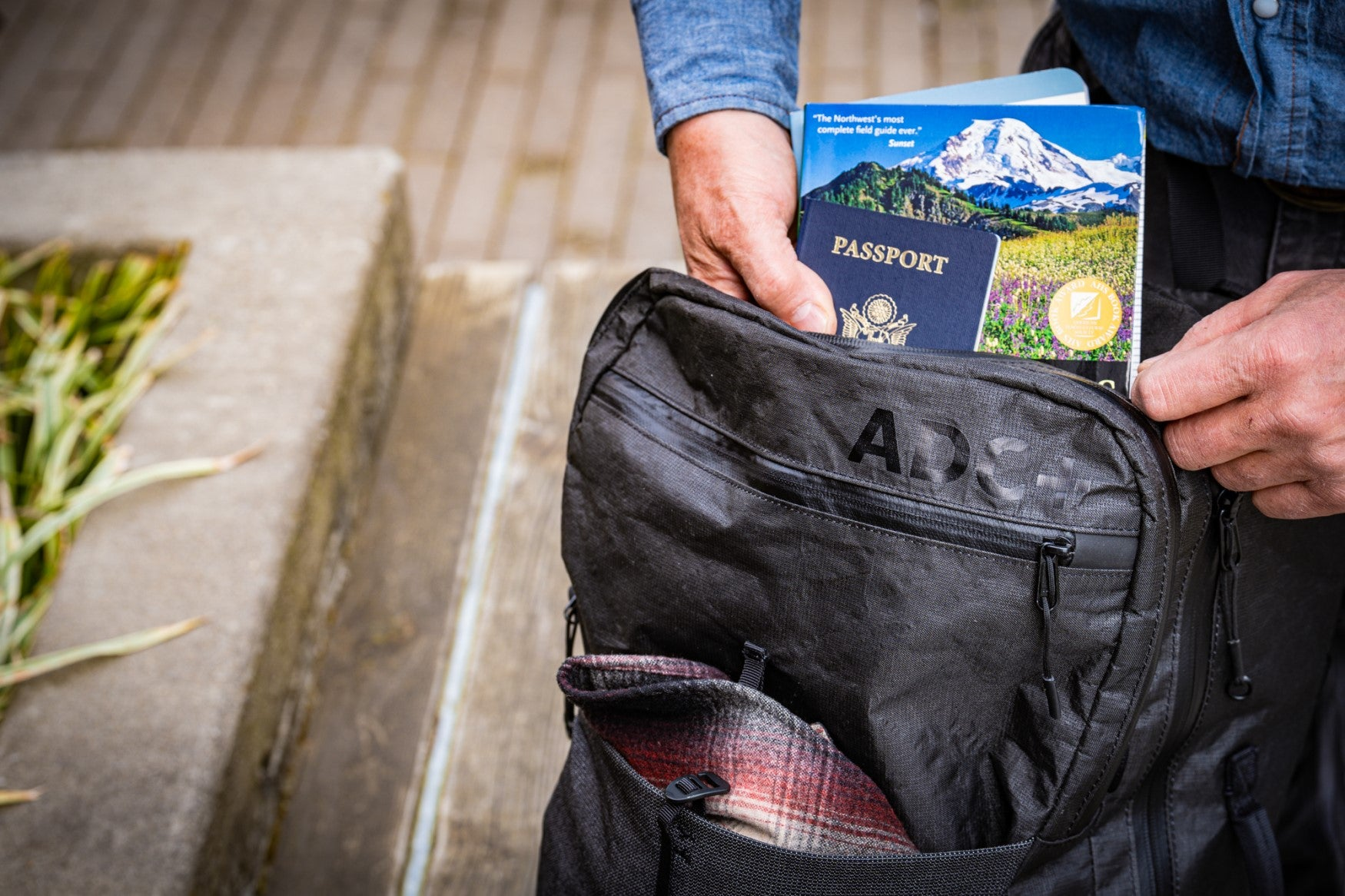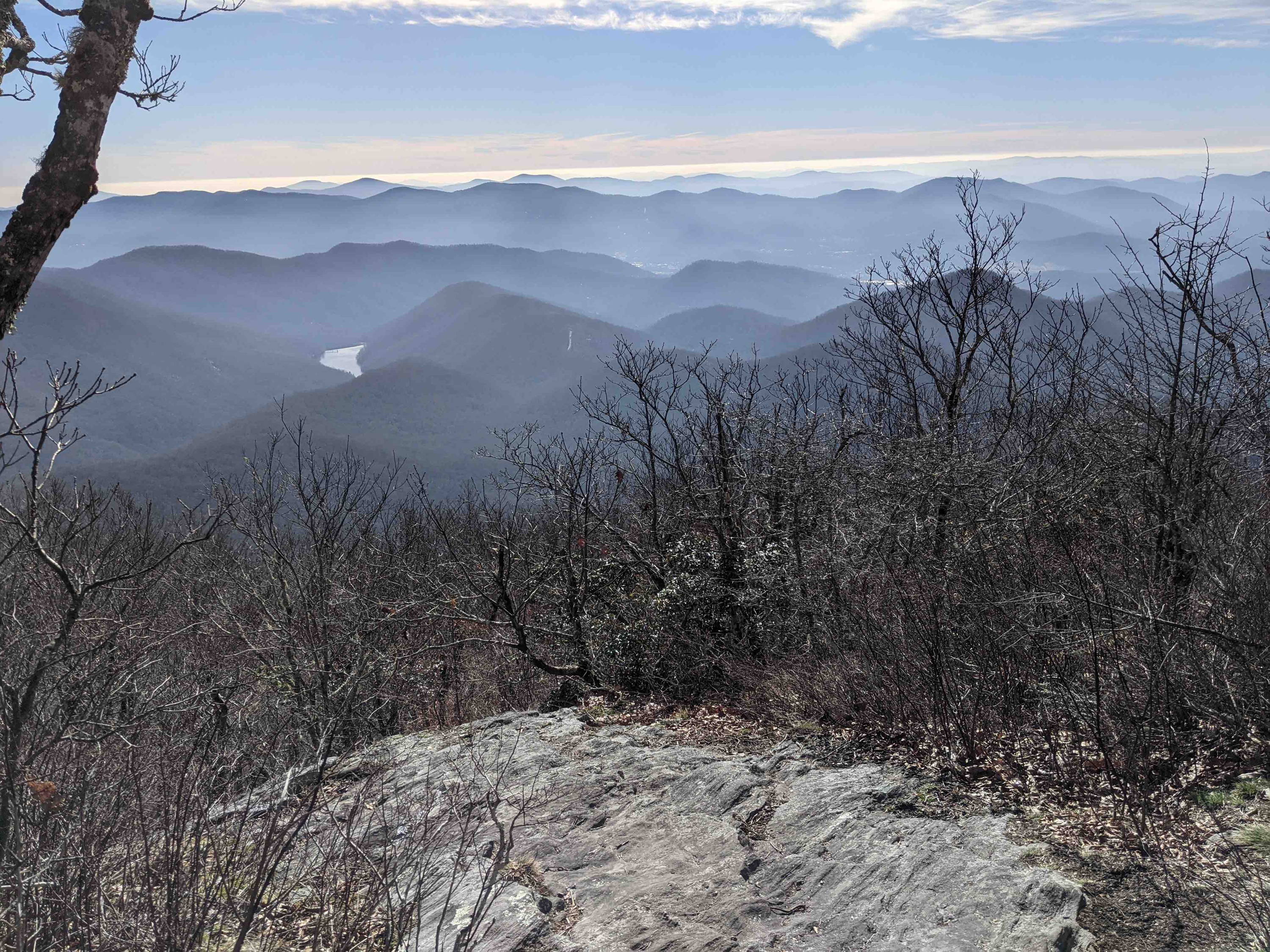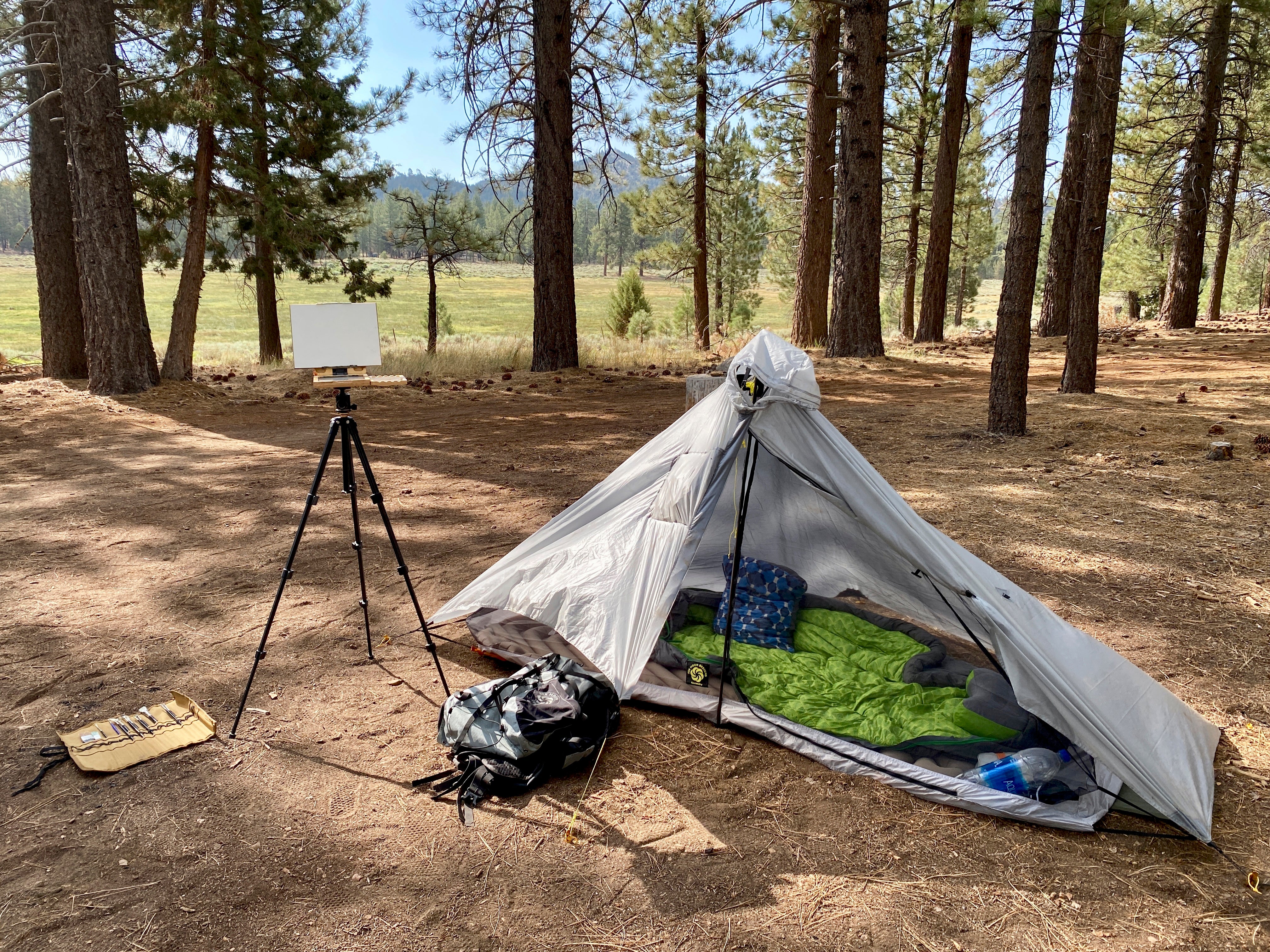THE ULTIMATE GUIDE TO THE CAMINO DE SANTIAGO
PART THREE: Essential Camino de Santiago Planning Tips

Packed up and ready to begin the Camino de Inverino in Ponferrada Photo by Sarah Dhooma
Now that you understand the history (Part One: Introducing the Camino de Santiago)... and have chosen your ideal route (Part Two: How to Choose a Camino de Santiago Route)... now it is time to plan the adventure!
BUDGET
Journeying along the Camino is usually much less expensive than a typical European holiday. Daily Camino costs depend on your level of personal comfort, available pilgrim infrastructure, and the region in which you are travelling. Below are estimates for the most popular routes in Spain and Portugal.
For frugal pilgrims, you can get by with a modest budget of 25 euros per day by utilizing municipal/budget albergues (approx. 10 euros), limiting beverages, and spending more funds on groceries than eating out. Many albergues have kitchen facilities (although post-pandemic the situation is unknown). The least expensive albergue beds are usually in large, noisy dorm spaces. Cooking along the Camino may seem grim, but picking up local items from village markets can make for delicious, simple meals.
For mid-range pilgrims who utilize privately owned albergues, have frequent cafe breaks, and enjoy daily “pilgrim menu” meals, you’d be safe with a 45 euro budget. The accommodations will still be communal, but the dorm rooms will have fewer pilgrims.
For those who enjoy the finer things in life - the sky's the limit for your daily Camino budget. Private rooms (for one person) at hotels are about 40 euros a night. There are stellar gourmet Michelin restaurants and luxurious hotels along the route. You’d have the experience of walking with fellow pilgrims throughout the day, but may feel isolated from the Camino crowd during the evenings. A good compromise is to book higher-end albergue accommodations with a private bathroom.
I personally like to mix up my Camino. Though I’m moderately frugal, I’m happy to splurge for an occasional unique accommodation, activity, or dining experience. Also, I find it difficult to pass up a cold Estrella Galicia draft beer in a sunny village square!
Another big tip is to allow extra in the budget for your arrival in Santiago de Compostela. You’ll want to celebrate with your new pilgrim friends over Albariño wine and fancy tapas.
CAMPING ON THE CAMINO
Tenting along the Vezelay Camino in France photo by Sarah Dhooma
Camping is the best option for Camino routes with limited accommodation options or pilgrims on a very tight budget. Tourist campgrounds charge around 5 euros to set up a tent and usually have shower facilities. If you choose to “wild camp” you should attempt to seek the permission of the land owner, check with locals, or ask the town hall. During my hike of the Vezelay Camino in France I set up my Six Moons Designs Skyscape X tent along the route beside farmer fields, in forests, and small parks. Other pilgrims have found success getting permission to camp at sports fields, on church property, and in the gardens of albergues.
SLEEPING GEAR
A sleep sheet is a must for pilgrims staying at the albergues. Some places may offer disposable or washable sheets, but it is not guaranteed. I suggest treating the sleep sheet with permethrin prior to the trip to help guard against bed bugs. Also optional is to carry your own pillow case.
When walking outside during the hot summer months, it is good practice to also bring along your own light sleeping bag, fleece blanket, or down quilt. It can get quite cold in the albergues at night and you’ll need a comfortable sleep for the next walking day. Many albergues lend woolen blankets - but sometimes they are scratchy, smelly, and may contribute to the spread of bed bugs.
Light sleepers will need to bring ear plugs and something to cover their eyes if staying in large dorms. I have fallen asleep many times with my neck gaiter around my face because the overhead dorm lights have stayed on late.
CLOTHING

The Camino can surprise with short, rocky areas
The best clothing for the Camino are hiker/fitness items that are comfortable, wick sweat, and dry quickly after hand-washing. My Camino walking outfit consists of a hat, neck gaiter, long-sleeve sun shirt, hiking dress, running tights, and merino socks. Extra weather-dependent layers for the outfit include a merino sweater, wind jacket, rain jacket, rain skirt, fleece hat, and fleece gloves.
It is individual preference for the amount of clothing to bring on the Camino. Those who transfer their luggage daily don’t need to worry about weight. Other than the complete walking outfit listed above, I have a “town outfit” that includes a light sundress, base-layer tights, down puffy jacket, and one pair of spare merino socks. The town outfit is comfy for sleeping, and also presentable enough to wear out sight-seeing and dining in restaurants.
An umbrella isn’t usually considered clothing, but should be considered as part of your rain gear. After showering and warming up in the albergue, the idea of returning out into the cold, rain to visit a church (or nearby bar) can be daunting. An umbrella really shines in this scenario because you can avoid getting wet all over again. Plus, it is really difficult to eat a chorizo sandwich in the pouring rain on a park bench without it! I also use my Six Moons Designs Silver Shadow Umbrella for sun protection on long, exposed road walks.

A sunny road walk in Andalucia with my SMD Silver Shadow Umbrella Photo by Sarah Dhooma
FOOTWEAR
The most important piece of equipment will be your shoes. The Camino de Santiago routes consist mainly of flat, hard-surface walking. Rather than tromping along in heavy hiking boots, it is advantageous to use lighter weight hiking, trail, or running shoes. To prevent foot soreness, ensure you have adequate arch support. Test the shoes before leaving by walking 10km (or so) on pavement. I’ve witnessed countless pilgrims scrambling to find outdoor shops to purchase new shoes because their feet are in agony!
BACKPACK

Side trip in Guadix for an awesome look-out over the city Photo by Sarah Dhooma
The last piece of equipment you purchase should be your backpack after you’ve gathered all your Camino gear. Fit the backpack to the load, rather than the other way around! Be sure to get a pack with the features you want - for me I cherish having water bottles easily accessible from side pockets, and a stretchy front pocket to quickly store my wet rain gear.
On my last few Camino de Santiago trips I carried full camping equipment in my Six Moon Designs Swift X backpack. This is the backpack I currently use for all my ultralight wilderness adventures (including my upcoming Great Divide Trail hike this summer).
For future Camino pilgrimages without the need to camp, I suggest Six Moon Designs’ smaller capacity Wy'east backpack. I’ve been carrying the Wy'east walking 20km to/from work daily and I love the comfortable straps. It has enough capacity for all my gear plus chorizo, bread, and fruit!
For those pilgrims utilizing luggage transfer, the versatile Six Moon Designs Traveler Pack is absolutely ideal. I love that it can be carried normally for travel, but also zips up compactly for transfer. This is the backpack solution I would suggest to my Mum as carrying heavy loads is difficult for her knees.
SOME CAMINO WORDS OF WISDOM
No Camino goes as planned. Be flexible with your itinerary, allow extra time, and save up additional funds if possible. If your well-researched gear choices don’t work out, visit an outdoor shop in the larger towns to switch things up. The weather is going to be awful sometimes, remember that a bad day on the Camino is better than any boring day at the office! This pilgrimage is for you, go as slow as needed for an enjoyable journey. The most important thing to bring to Camino is a positive attitude.
BUEN CAMINO!!!
---------------------------------------------------------------------------------------------------------------------
PART ONE: Introducing the Camino de Santiago (March 23, 2021)
PART TWO: How to Choose a Camino de Santiago Route (May 19, 2021)
---------------------------------------------------------------------------------------------------------------------
About the author:
Sara Dhooma became addicted to walking the Camino de Santiago after completing the “Camino Frances” in 2014. She has walked thousands of miles on 19 Camino routes including the Camino Portuguese, Camino de Madrid, and the Camino Primitivo. To learn more about Sara’s Camino de Santiago adventures visit her YouTube channel: www.youtube.com/saradhooma .











Leave a comment
This site is protected by hCaptcha and the hCaptcha Privacy Policy and Terms of Service apply.